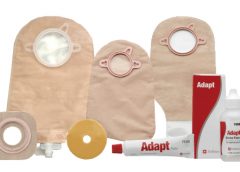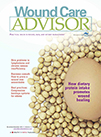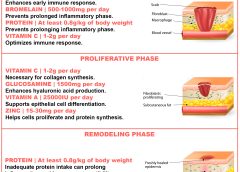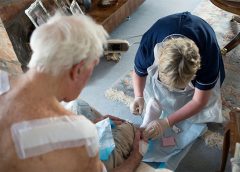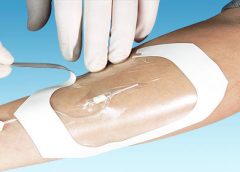A variety of resources to end the year and take you into 2014.
On the road again
Give your patients with an ostomy this information from the Transportation Security Administration to help them navigate airport screening:
• You can be screened without having to empty or expose your ostomy, but you need to let the officer conducting the screening know about the ostomy before the screening starts.
• You can be screened using imaging technology, a metal detector, or a thorough patdown.
• Your ostomy is subject to additional screening. In most cases, this means you will pat down your ostomy and then your hands will undergo explosive trace detection. (more…)

